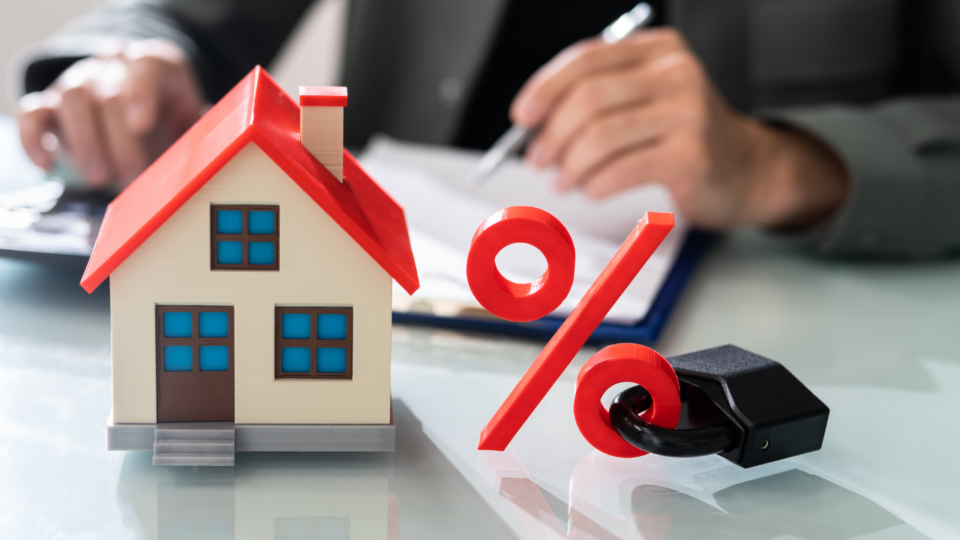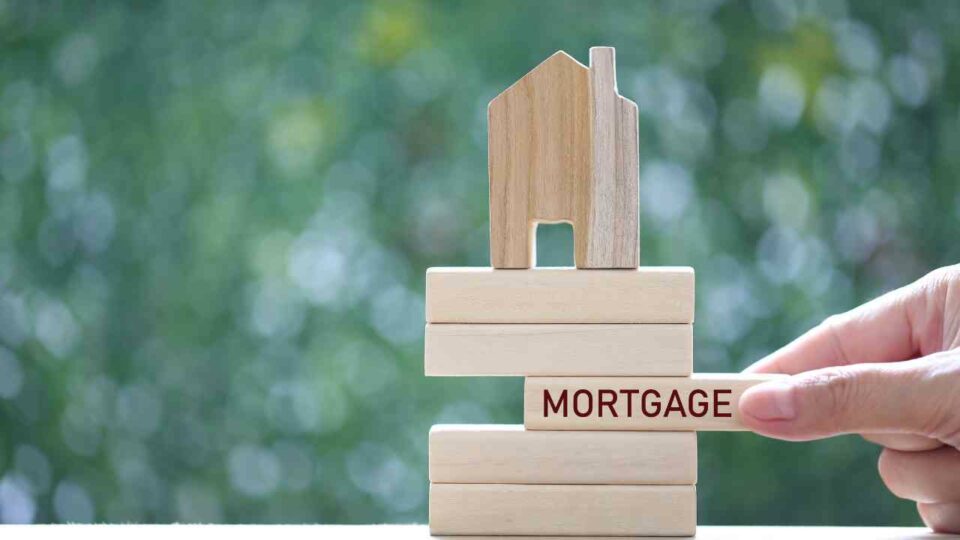Insured, Insurable, and Un-Insurable Mortgages

When saving for a down-payment it’s important to have at least 20 per cent of the purchase price under your belt. However, when you get a mortgage the interest rate is higher than if you only have five per cent down. Perhaps even more bewildering is that interest rates are even higher for a refinance, even though it’s only 80 per cent of your home’s value.
Why?
It whittles down to how these mortgage products are insured. The typical conventional mortgage vs. high ratio mortgage has now evolved into “insured,” “insurable,” and “un-insurable” mortgages.
Just for clarification, a conventional mortgage has a loan-to-value ratio (LTV) of 80 per cent or less. This means that when you have at least 20 per cent of your down-payment or equity in your home, the lender typically won’t make you purchase default insurance on your loan.
On the other hand, a high-ratio mortgage has a loan-to-value ratio (LTV) of above 80 per cent. Since these are more high-risk due to the lower amount of down-payment, lenders require the mortgage to be insured by one of three Canadian mortgage default insurance companies.
Here’s how things are now.
Insured Mortgages
This is a mortgage transaction where the default insurance premium is paid by the client, which is typical in a high-ratio mortgage.
Insurable
This type of mortgage is now widely regarded as the new “insured mortgage.” These are still eligible for default insurance but are portfolio-insured at the lender’s expense or high-ratio insured at the client’s expense. There are more rigid rules as well, since the maximum amortization is 25 years. This means applicants must qualify at the Benchmark rate and property must be valued at less than $1 million. The property must also be owner-occupied.
Un-Insurable
These mortgages are not eligible for default insurance and apply to refinances, rental properties, stated income, and on purchases greater than $1 million.
Why the interest rate difference?
Lender risk. Insured and insurable mortgages carry less risk because they are secured through one of three insurers, which means in case of a mortgage default and subsequent foreclosure, the lender is covered. Hence, the interest rate tends to be lower.
Which mortgage is best for me?
That depends on the situation, since they’re all unique. There are benefits and drawbacks for each of the three types of mortgages, depending on your financial goals. For example, sometimes the spread between the insurable and un-insurable rate is significantly large enough to justify the borrower paying high-ratio mortgage insurance to obtain the lower rate.



